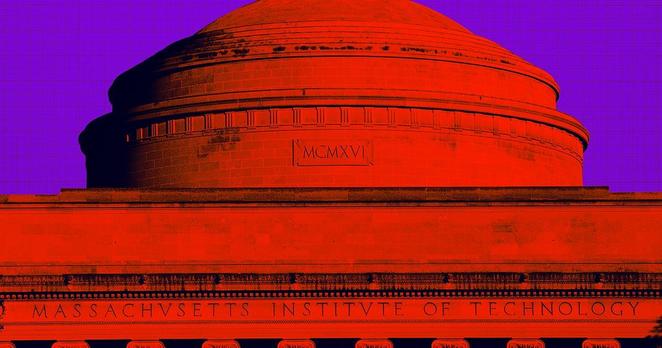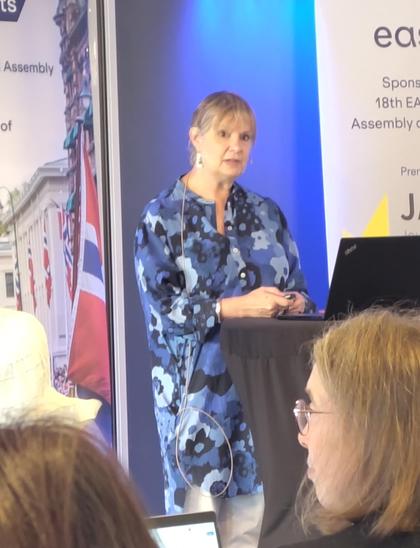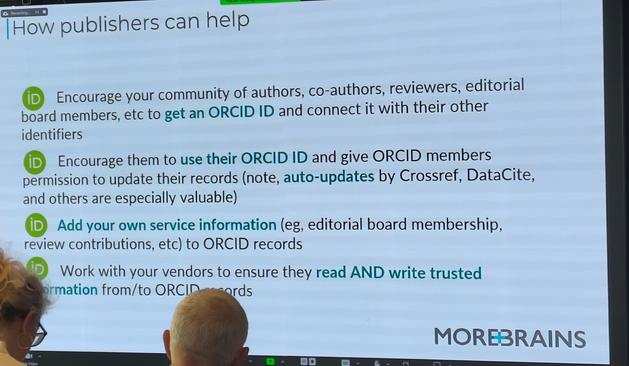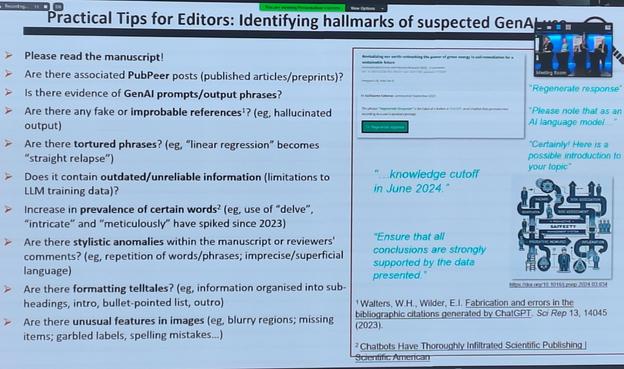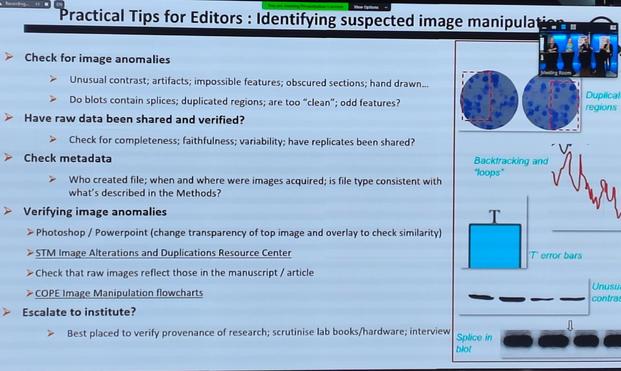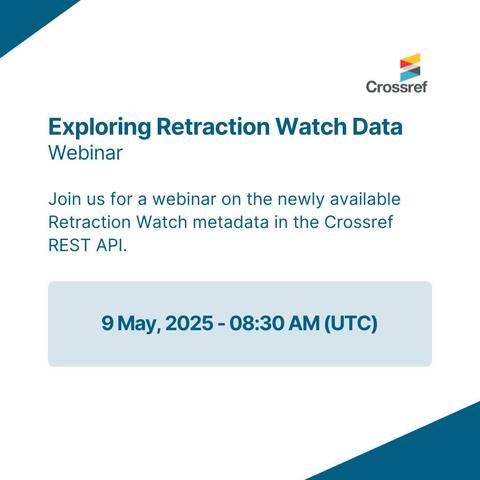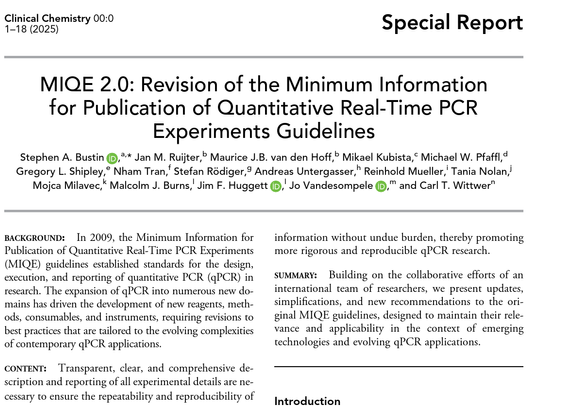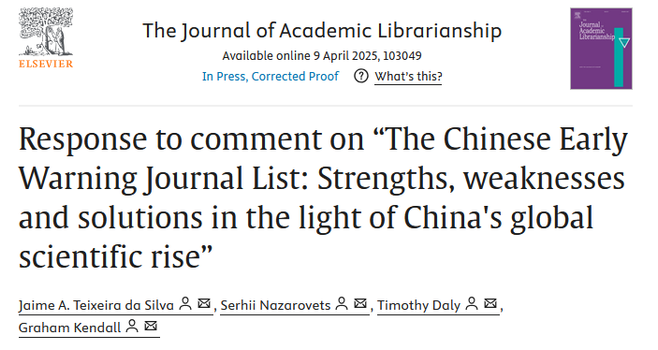My panel this morning at the European Association of Science Editors (@EASE) conference in Oslo was on the use of new tech in research integrity checks, alongside Caroline Sutton in person and Kim Eggleton and Jane Alfred online.
Our conversation was great (if I say so myself), helped by the chairing by Brian Cody. I thought it would be interesting to see how others here would answer Brian's questions:
1. What are the top research integrity concerns for scholarly publishers, and how much are they discipline-specific?
2. Technical checks can be overwhelming for journals. How to manage manuscript checklists from a process perspective?
3. How do publishers considering new automation / tools decide what's necessary vs nice to have?
4. Case studies of implementing tools.
5. Many tools only apply to English publications. What tools should non-English journals know about?
6. How can publishers and editors get involved in tool development?
7. What is the potential for AI to improve research integrity checks vs human oversight?
#ResearchIntegrity #PublicationEthics #AItools #Automation #EASEevents #EASEoslo #PaperMills #ScholarlyPublishing #ScholComm
